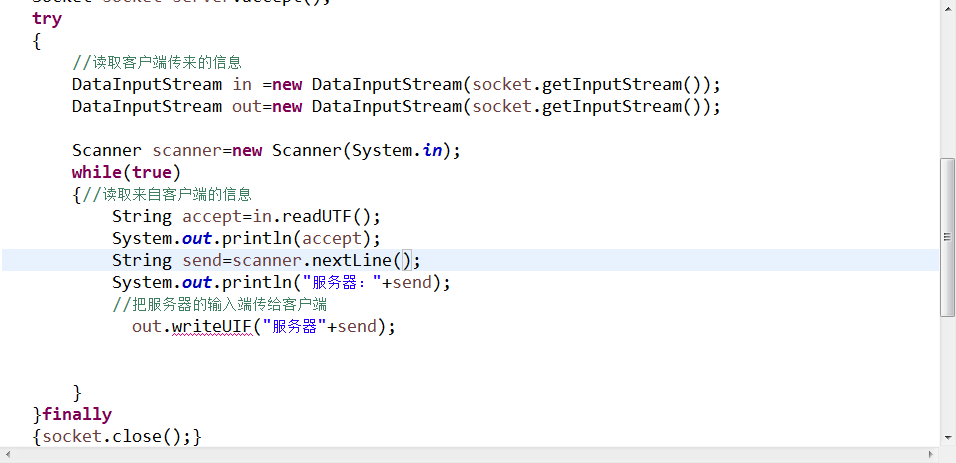Understanding the Two Main Types of External Hardware and Their Importance in Modern Technology
In modern technology, understanding the two main types of external hardware is crucial. The first type is input devices, such as keyboards, mice, and touchscreens. They allow users to interact with technology and provide data for processing. Input devices are essential in operating systems, software applications, and other technological systems.The second type is output devices, such as printers, monitors, and speakers. Output devices display or transmit information from a user's device to another device or person. They play a vital role in communication, entertainment, and productivity.Both input and output devices are essential components of modern technology. They enable users to interact with their devices and access information and resources. Without them, technology would be limited in its functionality. Therefore, it is crucial to understand their importance and proper use to ensure optimal performance and efficiency.
External hardware refers to the physical components of a computer, server, or other electronic device that are not part of its internal circuitry. These components play a crucial role in the functioning of modern technology and are essential for various applications. In this article, we will discuss the two main types of external hardware and their importance in today's digital world.
1. Input Devices: Connecting Users to the External World

Input devices are responsible for capturing user input from various sources, such as keyboards, mice, touchscreens, and game controllers. They enable users to interact with their devices and perform tasks efficiently. Some of the most common input devices include:
a) Keyboards: The standard input device for typing text, numbers, and commands. Keyboards come in different shapes, sizes, and styles, with features like multimedia keys, backlit keys, and angled keys.
b) Mice: Portable pointing devices that allow users to navigate through menus, icons, and webpages using a cursor. Mice can be wired or wireless and have different sensors like optical or laser tracking.
c) Touchscreens: Multi-touch displays that allow users to tap, swipe, pinch, and rotate their fingers on the screen to interact with content. Touchscreens are widely used in smartphones, tablets, laptops, and smart home devices.
d) Game Controllers: Wireless controllers designed specifically for gaming purposes. Game controllers often feature multiple buttons, joysticks, and thumbsticks to simulate realistic gameplay experiences.
e) Digital Pens: Handheld stylus-like instruments that mimic the feel of writing with a pen or pencil on paper. Digital pens are popular among artists, graphic designers, and writers who want to create precise and fluid strokes on digital media.
f) Cameras: Image-capturing devices that record video or take still photos. Cameras can be built-in or external depending on the device's specifications and capabilities.

g) Speakers: Sound output devices that amplify sound from electronic devices or music played through a media player. Speakers can be integrated into laptops, smartphones, or standalone speakers for enhanced audio experience.
h) Headphone/Headset: Audio communication devices that connect users to the internet, social networks, or online services. Headphones and headsets come in different designs, features, and sound quality levels to cater to diverse user preferences.
i) Microphones: Speech-recognition and audio capture devices used in voice assistants, teleconferencing, and recording studios. Microphones can be wired or wireless and offer variable patterns and sensitivity for optimal performance.
j) Proximity Sensors: Low-power sensors that detect changes in proximity or contact with other objects. Proximity sensors are commonly used in smart home devices like door locks, thermostats, and motion detectors to automate tasks based on user proximity.
k) Gyroscopes: Motion detection devices that measure angular velocity and provide data for navigation applications like mobile games or drones. Gyroscopes use magnetized needles suspended within a rotating container to determine rotation rates accurately.
2. Output Devices: Transmitting Data to the External World
Output devices are responsible for generating signals that convey data between electronic devices or systems. They enable computers to display information on screens, transmit sound waves through speakers or headphones, and control external devices via ports or interfaces. Some of the most common output devices include:

a) Monitors: Visual displays that show images, text, and videos on a flat surface. Monitors can be classified into categories based on size (flat panel, CRT), resolution (HD, UHD), aspect ratio (4:3, 16:9), refresh rate (60 Hz, 144 Hz), and response time (ms).
b) Printers/Copiers: Device used to print documents, photos, or graphics onto paper or other media. Printers/copiers can work as either color or monochrome models with varying speed settings and connectivity options like USB, Wi-Fi, or Ethernet.
c) Scanners: Devices that convert physical pages into digital files or images by capturing light rays from the document using a scanner lens. Scanners can be connected to computers via USB or Wi-Fi interfaces and support different scanning modes like color or black-and-white.
d) Optical Drives/DVD Players: Storage devices that read and write digital data onto CDs, DVDs, Blu-ray discs, or other optical media formats. Optical drives/DVD players usually have slots labeled with different languages for international compatibility and may support different file formats for playback purposes.
e) Network Interface Cards (NICs): Hardware components that connect computers to local area networks (LANs) or wide area networks (WANs) via Ethernet cables or wireless protocols like Wi-Fi Direct or Bluetooth Low Energy (BLE). NICs enable network connectivity for file sharing, printer access, remote access software applications, and other network services.
Articles related to the knowledge points of this article:
Title: The Versatility and Reliability of Methyl Hydrate Ace Hardware in Various Applications
Title: Exploring the Timeless Elegance of Chanels 19 Black Hardware: A Retrospective Review
Ace Hardware Stores: The One-Stop Shop for All Your Hardware Needs
Hornungs Hardware: Quality, Selection, and Service for Your DIY Projects
Title: Exploring the Realm of Colony Hardware in Saginaw, Michigan
Florence Hardware: A Tale of Exceptional Quality and Innovation



